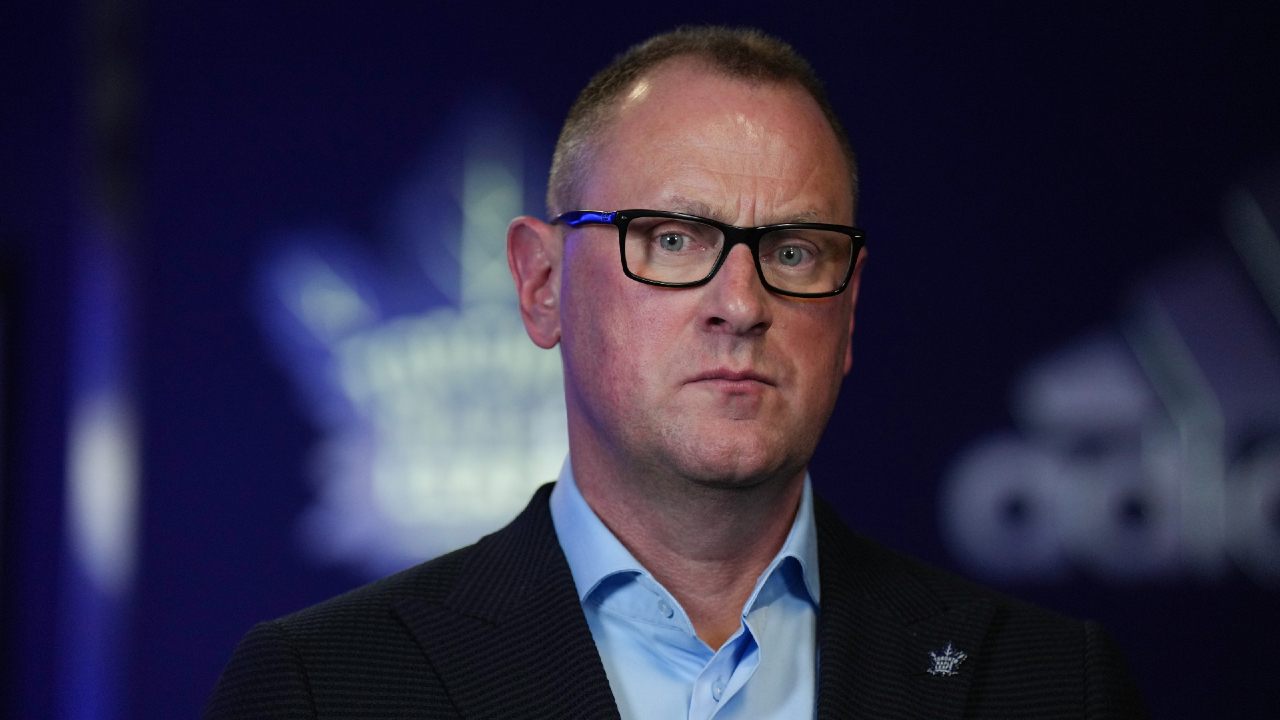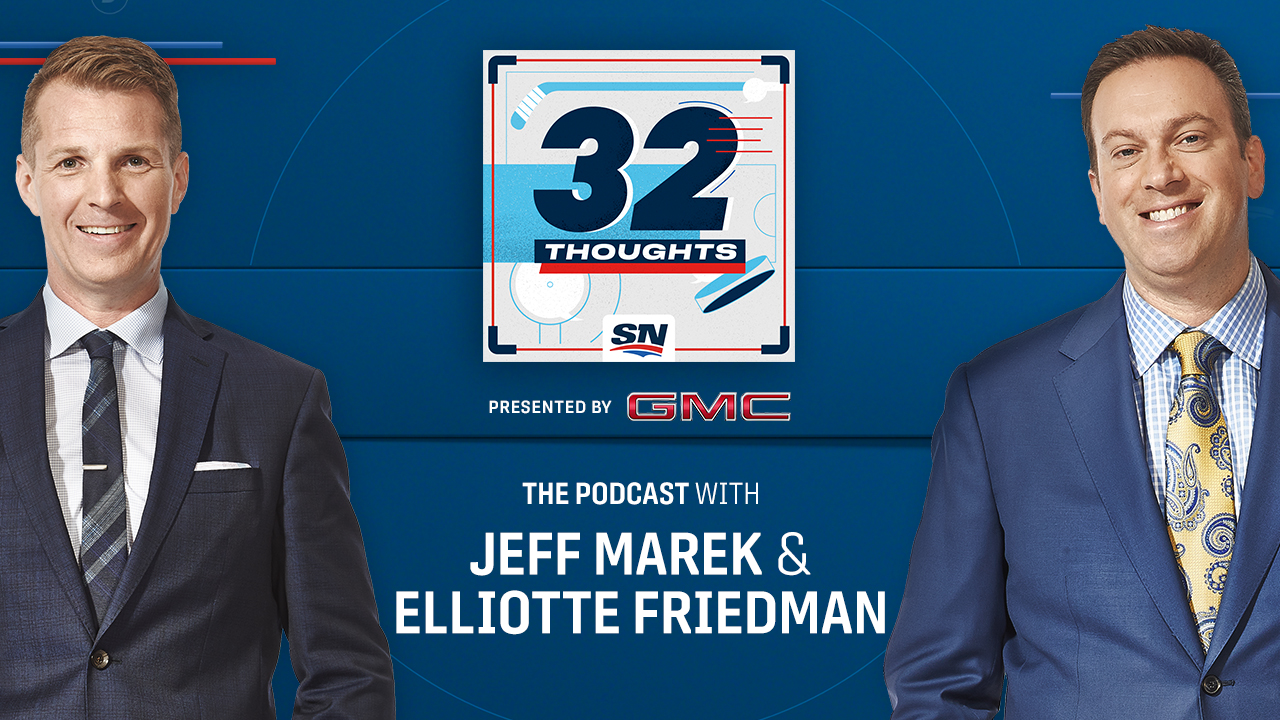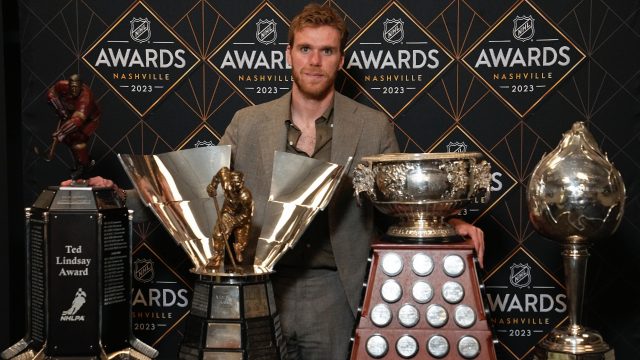
Were they granted the gift of time-travel, GMs of 10 years ago probably wouldn’t believe what present-day general managers are doing in the interest of creating cap space, which in 2023 has become the most valuable commodity known to team-building.
In 2021-22 — a year he battled injuries — Max Pacioretty was a goal shy of 20 in just 39 games, stacking up a point-per-game in the process. He then scored 11 points (including 5 goals) in 13 playoff games, all while earning just seven million against the cap, with just one year to go on his deal. He showed he was still a top line producer despite those injuries.
His team then traded him for, well, a firm handshake and some eye contact from the Carolina Hurricanes (future considerations). Vegas said “Have him, we’d prefer the cap space to do other things.”
Taylor Hall just put up eight points in seven playoff games (five goals), after a season where he performed at about a 50-point-pace, and the Bruins traded him for, I think three likes on a Bruins social media post of the Chicago Blackhawks choosing. (They traded him for “not much,” is the point.)
It used to be cover-up for a bad trade when a GM would say “Well, we also gain a little salary flexibility in the deal,” as the salary cap was once a far less imposing force on day-to-day operations, and thus rarely considered as top of a priority as it is today.
With the cap set to rise a paltry one million to 83.5 next season, teams who paid core players four and five years ago (the Toronto Maple Leafs come to mind) have had to undertake all kinds of gymnastics to free up room to add players.
With the Leafs, we’ve seen them tape real assets to deals that were leaving them hamstrung, then trade them. Toronto packaged a first with the remains of Patrick Marleau’s deal to “go for it” the following season (and the player picked there became the excellent Seth Jarvis). They traded assets to get off a bad deal to Petr Mrazek, they ushered Nick Ritchie and Nikita Zaitsev out the door with sweeteners, and now they’re staring at Matt Murray wondering if they have to do it again.
At the trade deadline, the Leafs and other teams have had to pay multiple teams to enact “double retention,” which is how the Leafs end up fitting Ryan O’Reilly into their latest Stanley Cup Playoff push under their extremely tight salary cap.
In some cases, we see teams get multiple seasons of good players on the cheap by giving up additional assets for multi-year retention. To stick with the Leafs example, I like Jake McCabe as an NHL D-man just fine. He skates well and hits and competes like crazy. I don’t love him at four million per season though. But the Leafs don’t have to — with Chicago retaining salary, they get him for two more seasons at just two million per season, beyond just last year’s playoff push.
That’s the same way the Colorado Avalanche just added Ryan Johansen after looking at the unrestricted free agent market and not seeing a solution to their problems. Johansen isn’t my favourite player in the league (just due to inconsistency), but if he were a UFA – a 6’3” 220 pound centre a year removed from 26 goals and 63 points at just 30 years old – you’re not getting him for four million dollars a year, let alone at the low-risk term of two years. It’s an intelligent gamble by the Avalanche, particularly given that it comes with a fresh start for a guy who could thrive with some fresh motivation.
Teams have been watching a dynastic Tampa Bay Lightning team do everything in their power to stay competitive, including trading multiple first-rounders for a guy like Brandon Hagel, who’s maybe not a “multiple first rounders” type talent in a vacuum, but he is when paired with a comically small NHL salary of $1.5 million. The seasons ahead will be Hagel’s third Stanley Cup push with the Lightning at that number, and last year he scored 30 goals and 64 points while playing 18:40 of ice time per game (including finishing second in shorthanded ice-time among their forwards). As a UFA today, that guy’s probably worth north of six million per season.
In today’s NHL — and I hate writing this — it’s not just about getting the best players, it’s about putting together the lineup that gets the most value of out its 83.5 million salary cap. Just about every team that’s trying to win is wedged up against that number, so when a GM is “grinding a player,” it’s not that he wants to pay that guy less, it’s that paying that guy (and every guy) less allows their team to be better in other places.
GMs have accepted this as their new reality, and while it’s un-fun for fans, everyone can see relief off in the distance. Gary Bettman has half-heartedly committed to the idea that after this season the salary cap should climb upwards of another $4.5 million, and it’s rumoured that within four years the salary cap could shoot up to somewhere in the range of $100 million dollars.
And uh-oh, wouldn’t you know it, you can already see teams rushing to spend it, or at least their fans encouraging them to do as much.
In Toronto, that means a lot of “Yes Auston Matthews next contract could cost a lot, but the cap will be going way up.” “Sure William Nylander’s next deal might be a big one, but the cap will be higher, they can do it.” There are UFAs lying in wait — a crop of UFAs that isn’t exactly laden with prime-aged stars — whose agents are going to be leaning heavily into that concept. “Yes it feels like a big number to give Michael Bunting for five years, but in 2027-28, that number is going to be a much smaller percentage of the team’s salary cap.”
This is a crucial, defining moment for NHL teams launching into a marginally-less-pressed era of cap management. Can they get their elite players to commit to long-term numbers under this more oppressive cap, rather than spending their future cap space before it arrives? Can they avoid the crippling long-term deals to mediocre players that eventually have to be either bought out or traded with assets down the road, and not fall in love with the idea that “they’ll have more space” in the years to come?
And even when that cap space arrives, how many GMs will remember the lessons learned over this pandemic-era cap, where it’s worth spending assets to get a talent (like Hagel) when they come with low-cost certainty for years to come? Will GMs push for salary retention in trades not just when they need it, but because getting it allows the flexibility to do so much more?
When you’ve got cap space, your ability to buy assets to bail out other teams in trouble is a huge long-term advantage for a franchise (as with Carolina cashing in on the Patrick Marleau deal).
Now more than ever, we see trades where the return seems shocking, because there isn’t one. But the shock is wearing off as fans come to accept that cap space is an asset too, and while there’s no guarantee your team is going to do the right things with it, it’s where you need to start from if you hope to build better.
In the case of the Golden Knights and Pacioretty, it worked out. It won’t for everyone, but it’s still a worthwhile template. With cap space finally accepted as a return with value, how many teams will be smart enough to keep that room in the years ahead and stay flexible, and how many will get excited about having additional dollars to spend and blow that space before they ever get the chance to feel comfortable?
The 2023-24 NHL draft and free agency period awaits, and holds a ton of answers to those questions. It’s a pivotal week in the NHL, not just for this season ahead, but the ones beyond, too.








